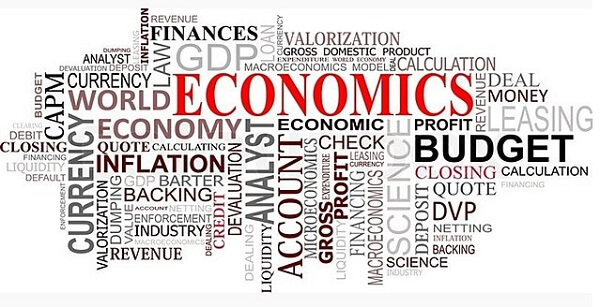Definition of EconomicsEconomics is the study of scarcity and how it influences the utilization of resources, the creation of goods and services, the expansion of production, and well-being over time, as well as many other significant and intricate societal issues. 
What is the purpose of economics?Economics is the study of the production, distribution, and utilization of goods. It examines how individuals, organizations, governmental entities, and nations decide to use their resources. Economics is the study of human behavior, predicated on the notion that individuals act rationally and seek out the greatest possible profit or value. The subject of economics examines how labor and commerce are conducted. Economics must determine which methods yield the best outcomes because there are several ways to obtain resources and utilize labor. In general, macroeconomics, which examines how the economy functions, and microeconomics, which examines how individuals and businesses function, can be divided into two categories. Different EconomicsThere are two primary methods for studying economics. Each of these entities-a person, a family, a business, an organization, or the government-can decide for themselves. Microeconomics examines how supply and demand evolve over time, as well as the quality of production and price of goods. It also examines how individuals organize and manage businesses, divide and share work, and cope with risk, uncertainty, and strategic game theory. Macroeconomics examines the economy internationally and on a national level as a whole. It achieves this by stimulating the economy using a large amount of data and economic variables. It might be a particular region, a nation, a continent, or the entire world. It mainly examines how economies develop, alter, and experience cycles. Microeconomics and macroeconomics are interconnected. A macroeconomic event is made up of its component microeconomic occurrences. However, the extremely distinct ideas, models, and research approaches used in these two branches of economics might make them appear to be at odds with one another. The fundamentals of macroeconomics and microeconomics are often combined in theory and research by economists. Economic IndicatorsEconomic indicators demonstrate the state of a nation's economy in a certain sector. Regular publication of these reports by governmental or commercial organizations typically has a significant impact on the stock, fixed income, and foreign exchange markets. They can also assist investors in making investment selections by assisting them in determining how the economy will impact markets. Gross domestic product (GDP)A nation's gross domestic product (GDP) is frequently regarded as the most accurate indicator of how well that nation's economy is performing. It represents the full market value of all finished products and services produced in a nation over the course of a year or other time frame. Industrial ProductionEvery month, the Federal Reserve releases a report titled "Industrial Production" that details changes in the nation's factories, mines, and utilities' production over time. The capacity utilization ratio, which reveals how much of the economy's productive capacity is being employed rather than being idle, is one of the factors in this study that is closely examined. It is ideal for a nation's production values to rise and for its capacity to be fully used. Data on EmploymentEvery first Friday of the month, the Bureau of Labor Statistics (BLS) publishes "nonfarm payrolls" containing employment data. A healthy economy typically suggests that new employees are being added swiftly. Similar to significant drops, contractions might be on the way. Despite these general tendencies, it is crucial to consider the state of the economy. Consumer Price Index (CPI)The BLS also releases the Consumer Price Index (CPI), which is the widely used index for measuring inflation. It demonstrates the evolution of consumer costs (retail prices). By assembling a basket of goods and services from the economy, the CPI examines price changes from one month to the next and from one year to the next. What different types of economies exist? The four primary categories are traditional, command, mixed, and market economic systems. What different types of economics exist? Microeconomics and macroeconomics are the two primary subfields of economics. What is currently the biggest economic issue? The primary issue in economics is that there are finite resources and needs. People can't always obtain what they desire, as economics has demonstrated.
Next TopicEvaporation Definition
|
 For Videos Join Our Youtube Channel: Join Now
For Videos Join Our Youtube Channel: Join Now
Feedback
- Send your Feedback to [email protected]
Help Others, Please Share









